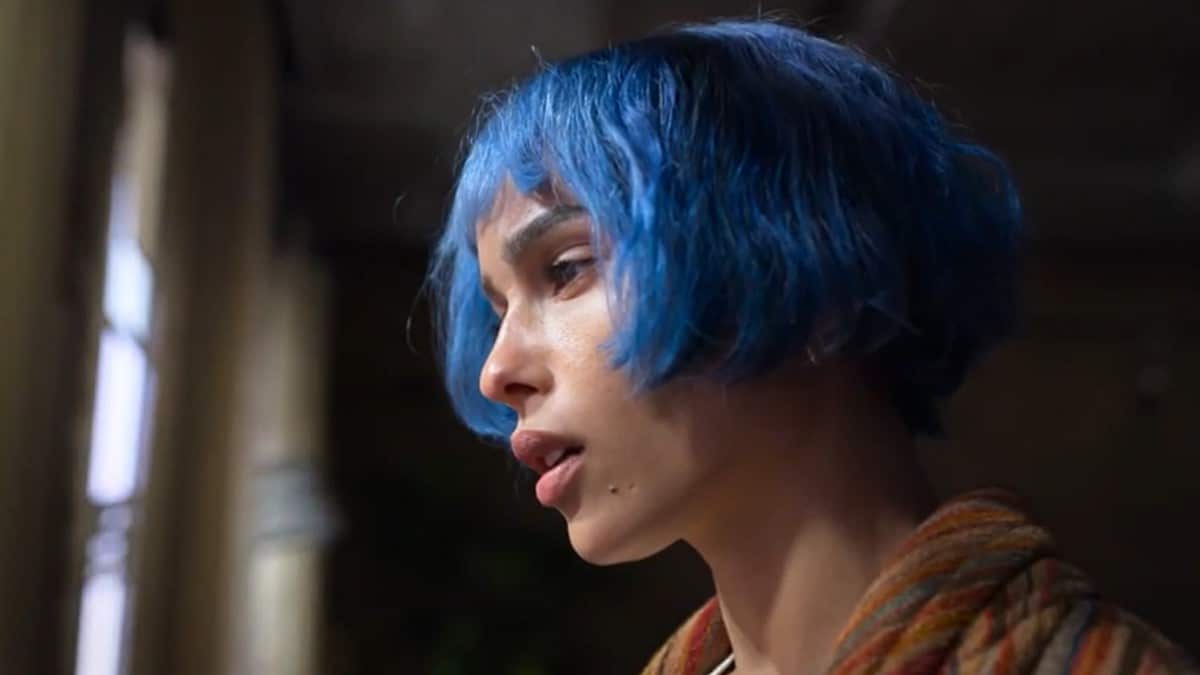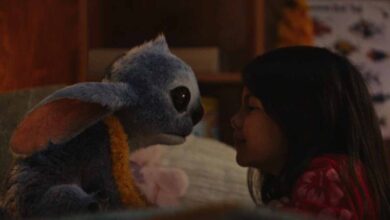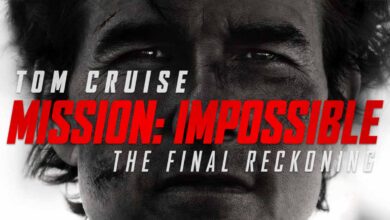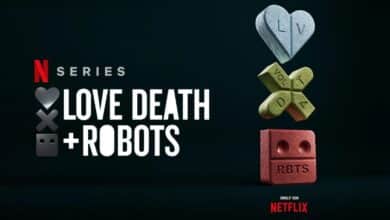Review: KIMI
Academy Award winning Director Steven Soderbergh’s latest film, ‘KIMI’, brings a fresh take to a classic tale. Kimi combines the classic take of isolation and mental health with the more modern issues of privacy in the digital world and the fears we face in a world wide pandemic.
But, is Kimi worth the time spent to watch it? Stick around until the end of my review to find out!
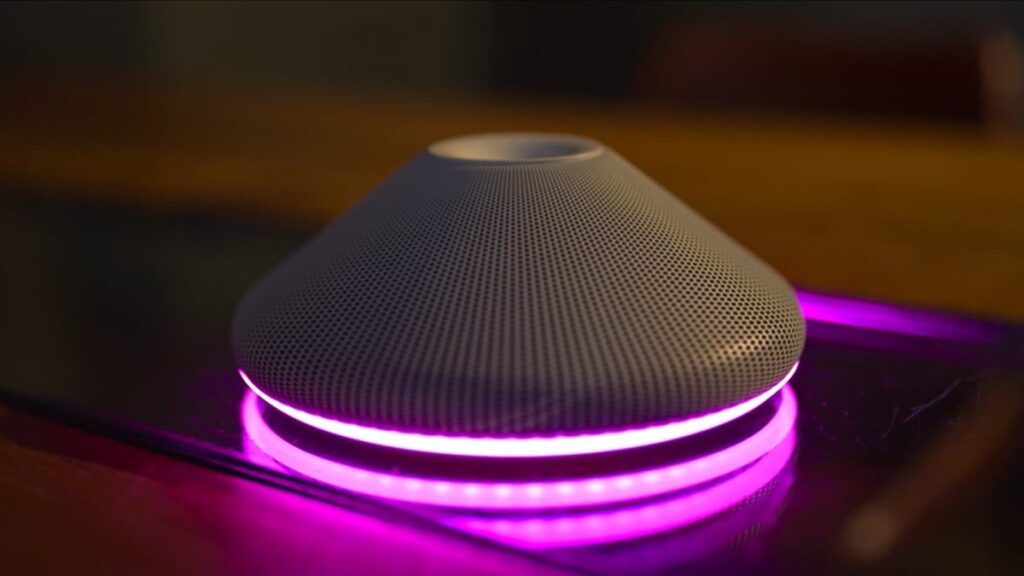
The Plot – KIMI
Angela
Angela Childs, played by Zoe Kravitz, lives in Seattle and works from home. While some people might feel slightly confined by staying at home all day, Angela feels relieved. Angela struggles with Agoraphobia and has a difficult time walking out her own front door.
Angela works for Amygdala, a technology giant who seemingly has an artificial intelligence, virtual assistant in every home. Think a non-brand name version of Google’s Alexa.
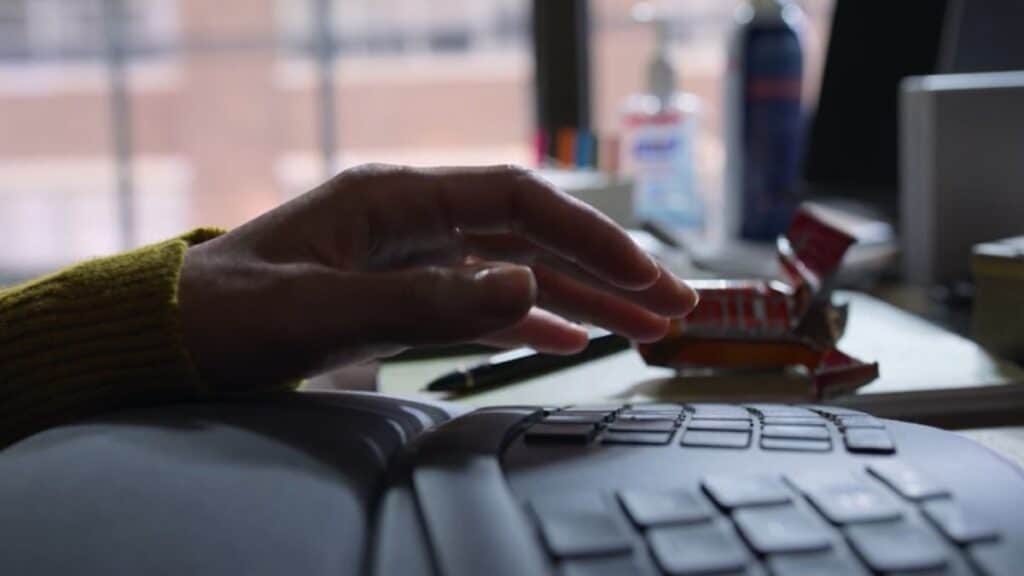
She transcribes audio transcripts that the A.I. struggles to decipher, fixing one file and moving on to the next. Angela’s good at her job: ordered, organized, and motivated. That is until she hears something on one of the recordings.
When she’s not working, Angela stares out the window at the world around her. She voyeuristically watches people: a family getting ready in the morning, a man she flirts with from across the street, and another voyeur staring right back at her through binoculars. Angela’s not the ONLY character channeling ‘Rear Window‘ in this movie.
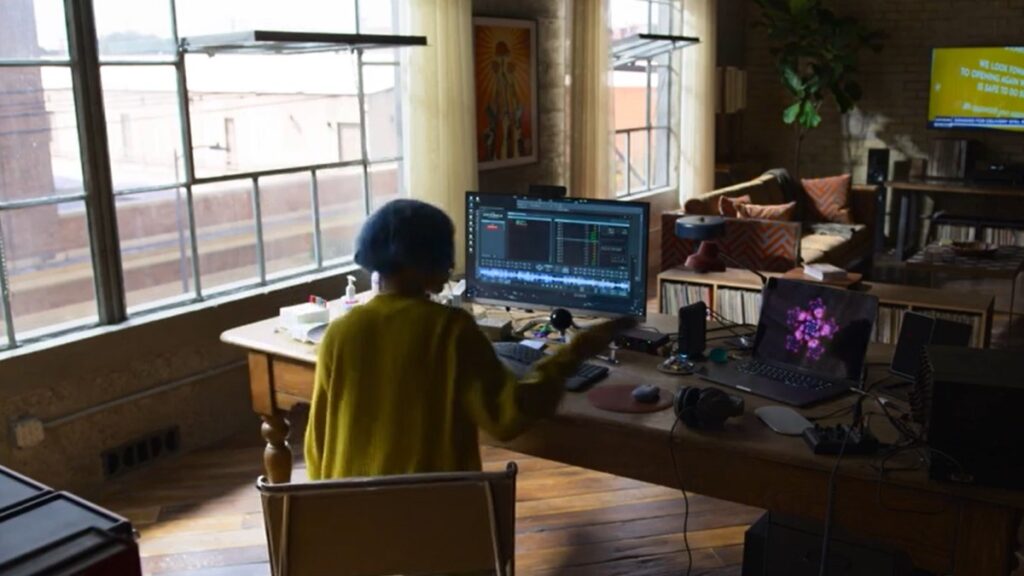
The Recording
While listening to one recording, something sticks out to Angela. We see her expert audio editing skills to isolate the distinct sounds of the recording. In short order, Angela hears what sounds like a domestic violence assault.
After reporting her findings to her supervisor, he tells Angela to drop it. The company takes these things seriously, but doesn’t want bad Public Relations during a product launch. Angela, however, can’t just ‘drop it’. She decides to go even higher on the chain of command.
Dragon Movie Guy KIMI Instant Movie Review
The Good – KIMI
Mental Health With A Modern Twist
We’ve seen many movies channel ‘Rear Window’ before, and KIMI brings up two interesting modern twists on the concept.
Angela’s Agoraphobia and PTSD get magnified and re-enforced by the Covid-19 Pandemic, and the Social Distancing measures we’ve all had to live through. She develops Obsessive Compulsive Disorder, having to repeat her daily routine exactly the same every day. Scrubbing herself vigorously in the shower, wearing her purse over the correct shoulder, and having just enough moist towelettes; Angela’s regimented, structured life builds on itself over time, making it more and more difficult to leave her home. Each act is a brick in a wall that shuts her off from the outside world.
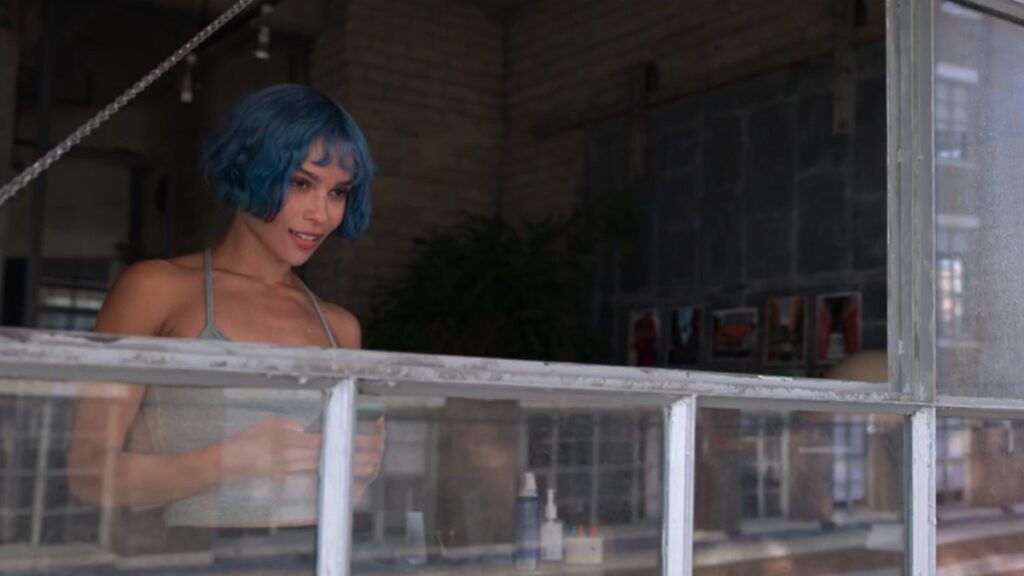
KIMI, also, makes for a great twist on the Rear Window format. Fear of technology and fear of people listening to you inside your home have been a staple of science fiction cautionary tales for decades, like 1984, Frankenstein, and even going back to 1927’s ‘Metropolis’. But, that technology is already here; and not only is it inside Angela’s home, she works for the very company listening to her every word 24/7.
Creepy. Isolating. Alone.
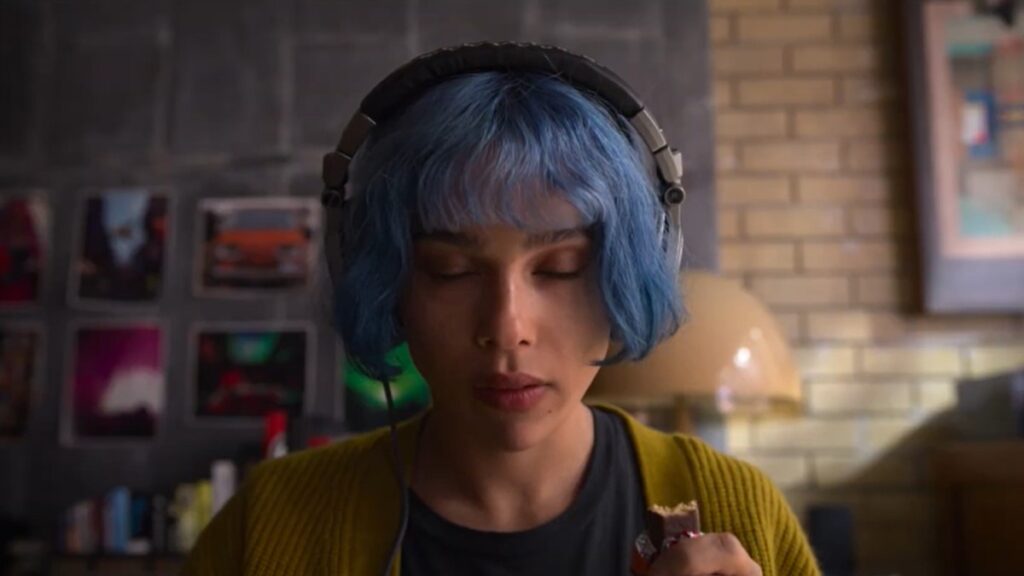
The Directing
Oscar Winning Director Steven Soderbergh fully embraces the classic ‘Chekhov’s Gun’ plot device, where everything that the Director shows you in the film is there for a reason. No red herrings, no superfluous characters or dialogue; everything ties together on purpose.
Angela gets ready for her day and turns on the news. The News Anchors talk of a political protest blocking traffic. Later in the film, Angela runs for her life during a chase sequence, and runs into the protesters. She’s able to use the crowd to hide in plain sight from her pursuers.
Each of the elements we see in the beginning eventually play a part in the story down the line. There are too many to mention here, especially in a spoiler-free review, but Soderbergh expertly weaves them all in subtlely and efficiently into a film of less than 90 minutes.
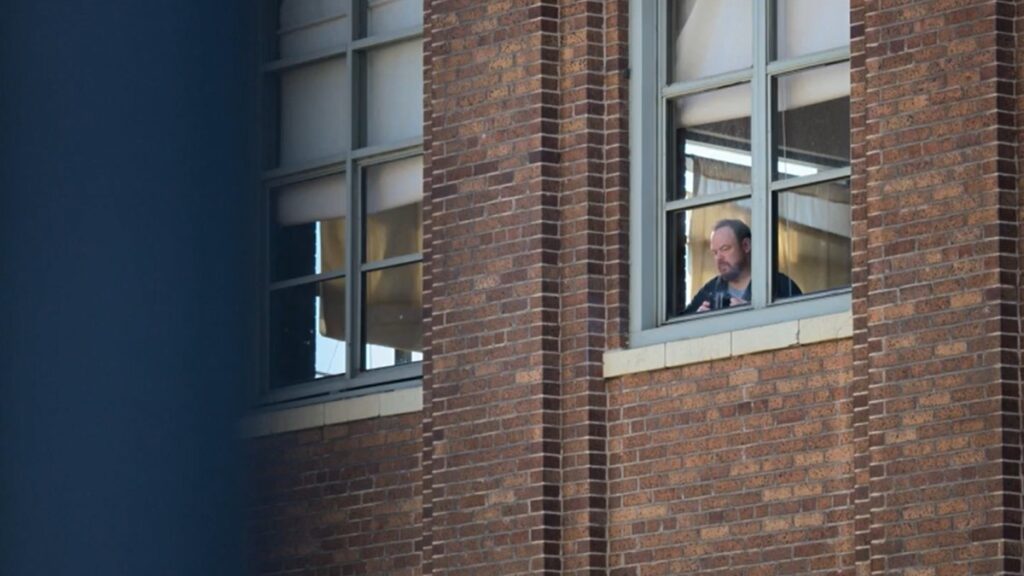
The Bad – KIMI
KIMI is clearly born out of the isolation and lockdown of Covid-19, and the limitations of trying to shoot a socially distanced production while the lockdown and pandemic are still ongoing.
Knowing these historical facts brings an understanding of the ‘how’ and the ‘why’ the film was produced the way it was, and impresses me with the efficiency of the overall production to still produce an entertaining film.
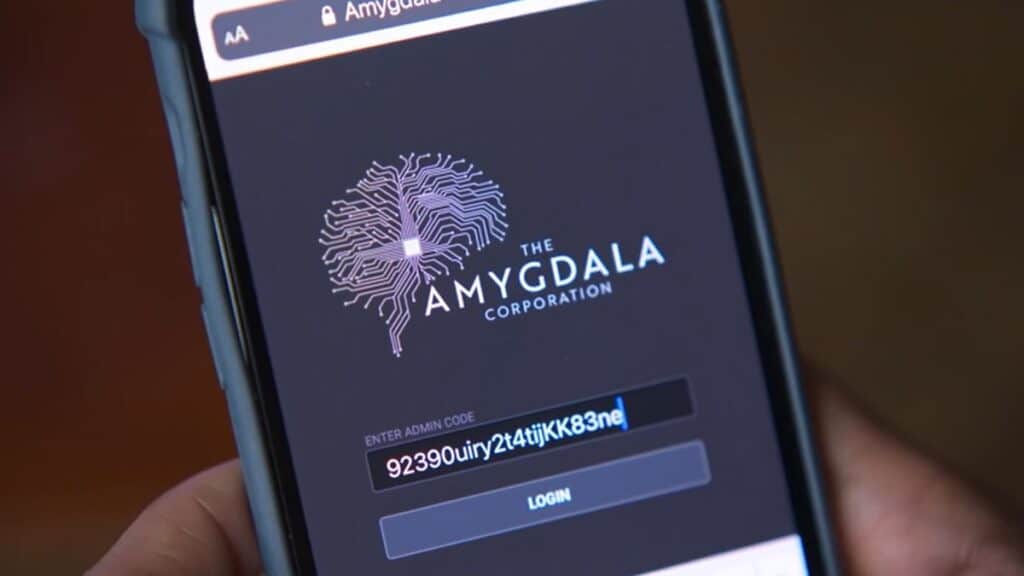
The Covid Restrictions
However, if I’m watching KIMI and just judging it on it’s own merits without those considerations, the lower budget and shooting inconsistencies start to jump out. In normal times, I doubt a project involving people with the high profile of Steven Soderbergh, David Koepp, and Zoe Kravitz would make the same decisions.
As a Seattle native, I can totally tell Angela’s apartment is not one that would be found in Seattle. Thinking nothing of the architecture itself, sunlight is pouring in the windows during all of the daylight scenes. If the apartment scenes would have been shot in Seattle, the sunlight would have been naturally filtered through cloud cover, diffusing the light; and creating a slightly darker and more blue light quality. Also, as Seattle is much farther north, the angle of the sunlight, even when filtered through the clouds, would be different. Think ANY movie that you’ve seen shot in Vancouver or Toronto, Canada.
Instead, we get better lit principle photography in the apartment in Los Angeles, and limited Second Unit photography during the chase sequences actually shot in Seattle. To Soderbergh’s credit, however, the chase sequences avoided using the typical/standard shooting locations for the chase sequences, and actually used real locations. And, without using CGI to add in the Space Needle in the background. The shots that have the Space Needle are actually ones where you can REALLY see it from that location.
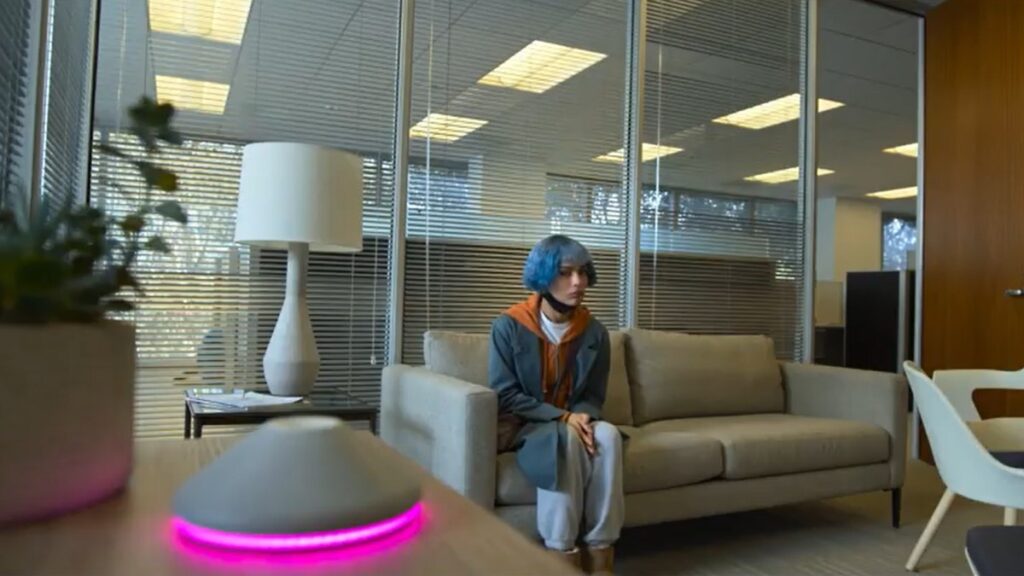
The Budget
The limited budget clearly held back KIMI’s production. Forcing the film to shoot the apartment sequences in L.A. as opposed to on location in Seattle, creates obvious visual differences in the locations that can’t just be explained away. You can’t just blame Angela’s mental state creating a difference in perception by how her character sees the world.
This film would have been served better by shooting those sequences in Pioneer Square or the SoDo District near Lumen Field.
Also, while the chase sequence really were shot in Seattle, the shaky camera style was clearly a choice due to running out of money. The handheld, shaky camera style has been used effectively in films like The Bourne Identity; but the takes used in the film were hastily done. The shaky shots did not feel natural, feeling artificially rushed and overly done.
Instead of having enough time to produce an exciting chase, storyboarded and produced by an Academy Award Winning Director; KIMI’s chase sequences feel like the production team was simply rushing to get their work done in a few days. It FEELS like they worked without regard to the finished product that they were actually capturing on camera.
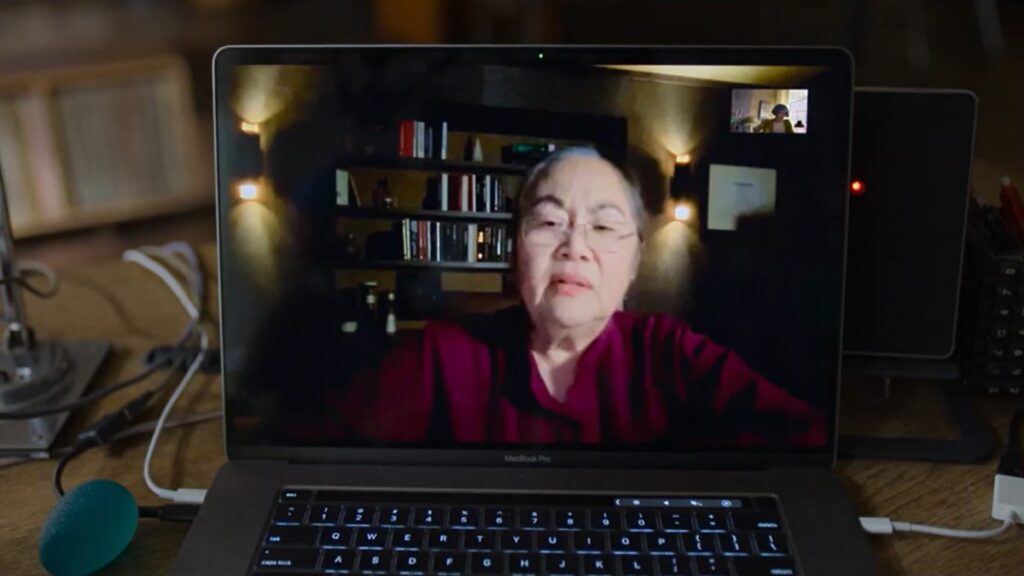
The Review – KIMI
KIMI provides a new take on an old story. There’s an awareness of mental health issues that society is more aware of today, that wasn’t there when previous ‘Rear Window’ style movies were made.
The inclusion of Siri or Alexa style devices that actually exist in real life, also adds a level of immediacy and impact that a cautionary tale can not. The future is already here, and it’s already in your home; listening. This isn’t a movie being paranoid. It is a very real concern that can affect people’s mental health; and a natural fit to the ‘Rear Window’ style story.
Steven Soderbergh brings all of his Directing skills to lift the production of this clearly low budget film from a typical Lifetime Movie quality, to that of a feature film; but there are only so many ways to polish a project that had to compromise.
An interesting time capsule of filmmaking for the Covid-19 era, KIMI is worth watching. But, I wish we could have seen this film produced under normal filmmaking conditions. This is not a film that benefited from being painted into a corner by the pandemic.
Worth a watch, but it could have been so much more.
Additional Information
Dragon Movie Guy YouTube Channel
Dragon Movie Guy Review Nation Author Page
Dragon Movie Guy Instagram Page
Score
Score
Review Nation Score
KIMI modernizes Rear Window's look at mental illness and isolation. Zoe Kravitz stars as a Seattle tech worker helping perfect this digital personal assistant.
